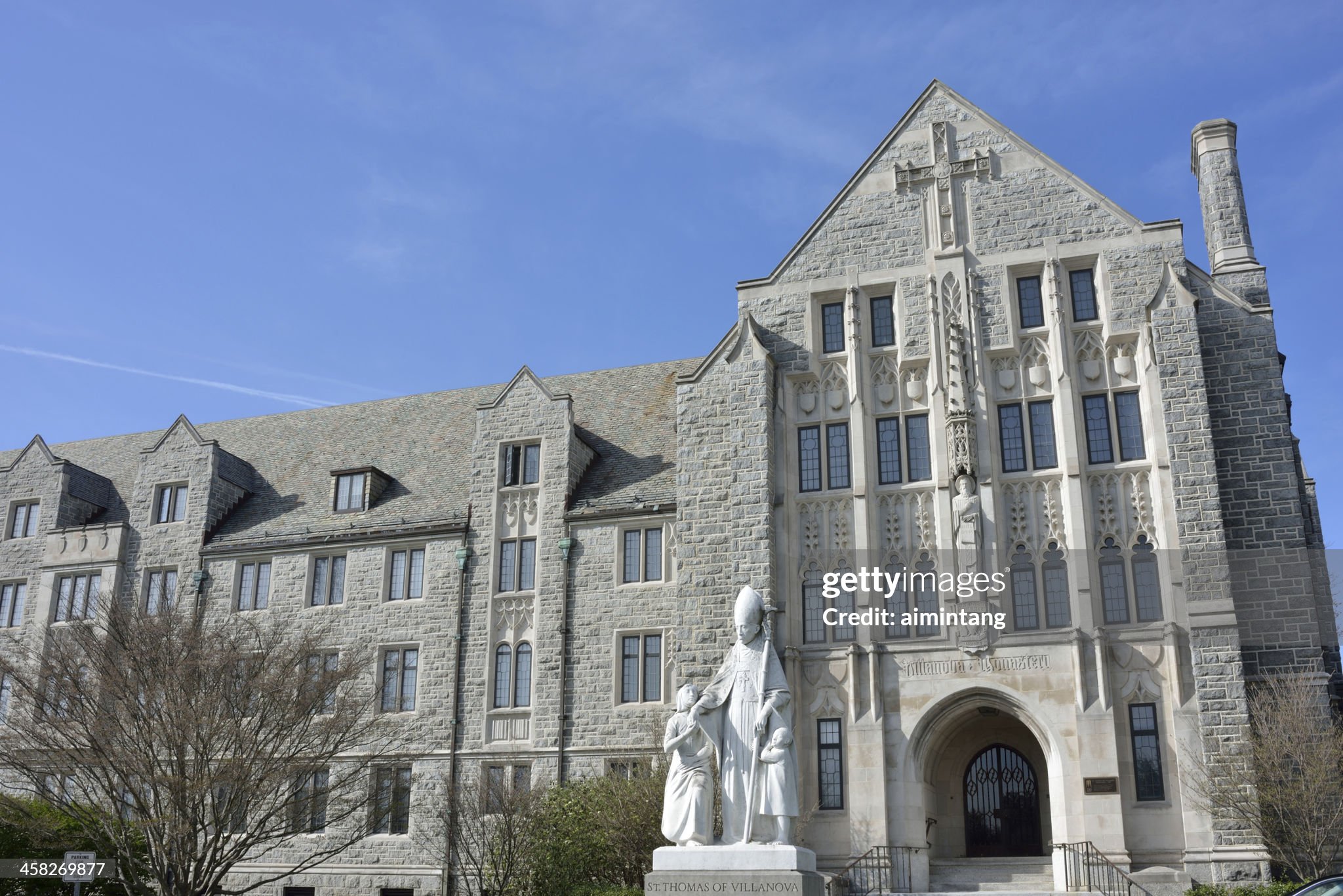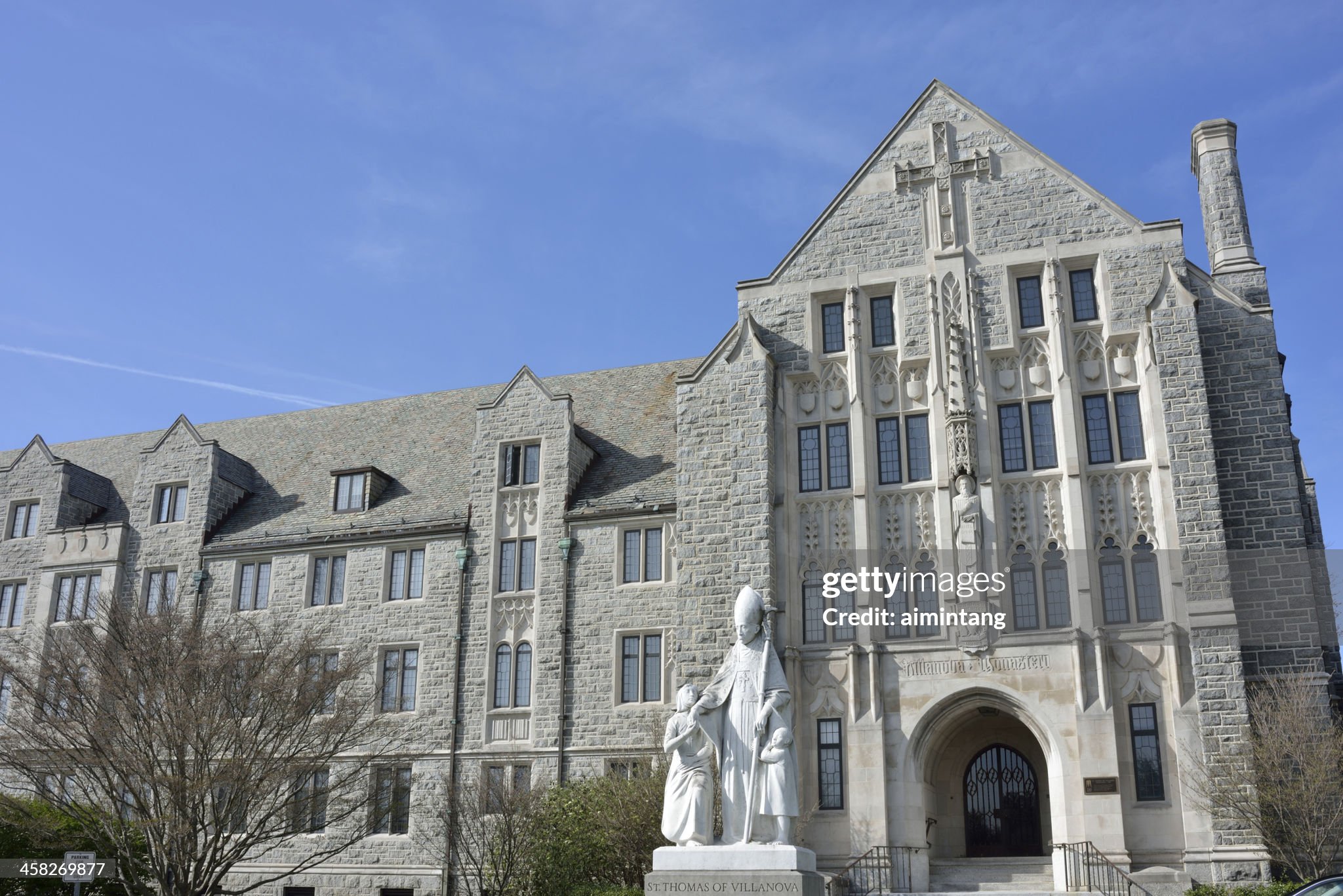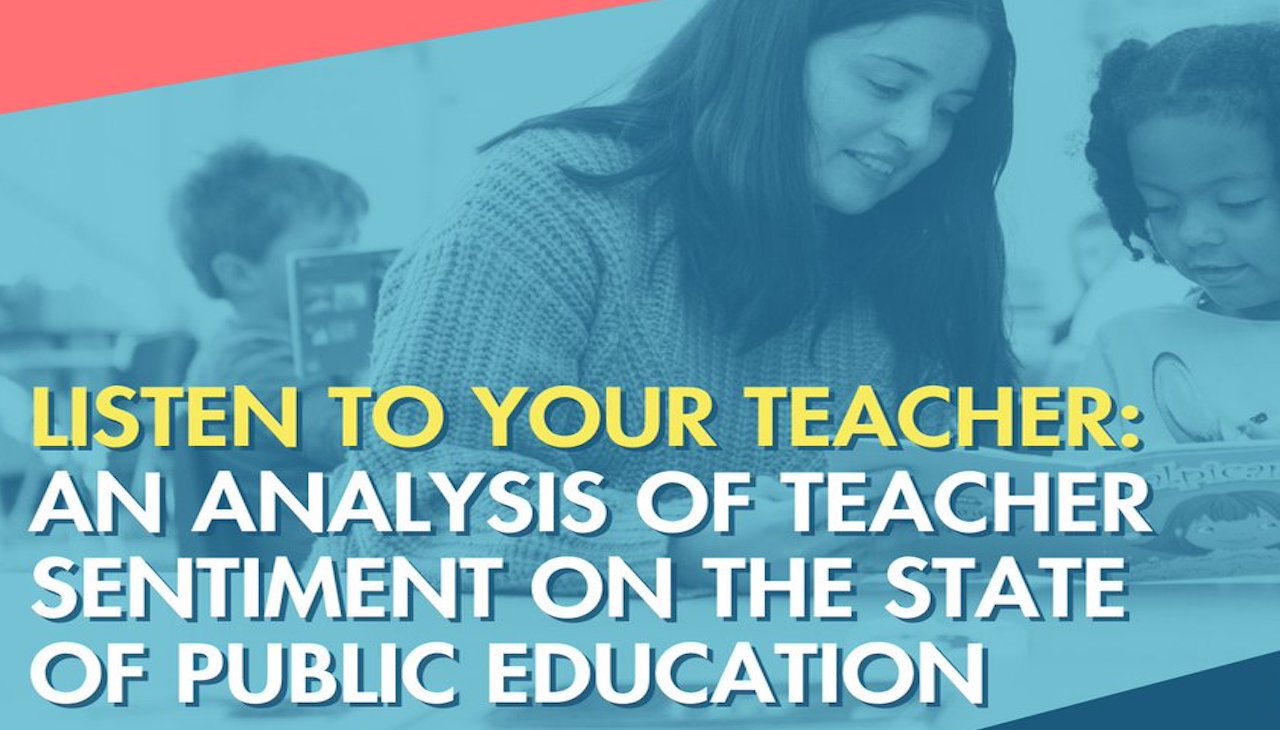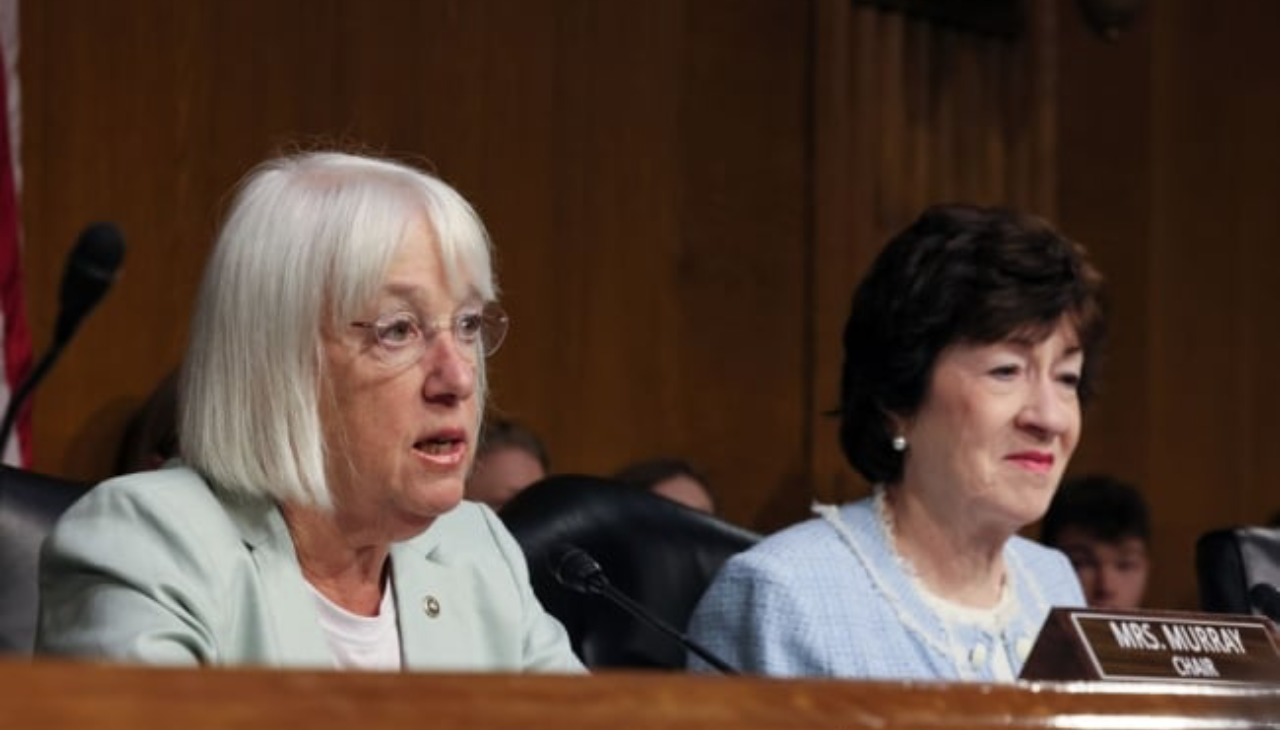
New discipline guidance by the U.S. Department of Education focuses on students with disabilities
The U.S. DOE amended Section 504 to accommodate the needs of students with disabilities. 27% of Hispanic students are removed from classrooms because of them.
Earlier this year, the U.S. Department of Education announced its intent to strengthen and protect the rights for students with disabilities. This would entail amending Section 504 to accommodate the needs of students with disabilities.
According to new discipline guidance released by the U.S. Department of Education, schools must determine if a student’s behavior is related to their disability before proceeding with any disciplinary measures. In providing new guidance, the U.S. Department of Education intends to clarify the federal protections against discrimination for this particular group of students.
The Department has made a few resources available for school leaders, Section 504 of the Rehabilitation Act of 1973 and the Individuals with Disabilities Education Act.
The new changes require full implementation of Part B of the Individual with Disabilities Education Act (IDEA). The Department has reservations with compliance and misapplying the provisions found in IDEA. The concerns of “inappropriate exclusion, particularly children of color with disabilities, resulted in denying access to critical educational opportunities” states the Department of Education.
Section 504 coverage “applies to elementary and secondary public schools (including public charter schools and State-operated schools), public school districts, State educational Agencies (SEAs), and private schools and juvenile justice residential facilities that receive Federal financial assistance from the Department” as stated by U.S Department of Education Office for Civil Rights.
Section 504 imposes several rules State educational agencies must adhere to, like ensuring public schools and districts in the State do not discriminate based on disability. Additionally, the school’s response to incidents involving students with disabilities must refrain from inappropriate measures — mechanical, physical, restraints, or seclusion as a means to address a student’s behavior that constitutes disability.
Schools are prohibited from denying students of Free Appropriate Public Education (FAPE) or proceed with discriminatory measures. It is the SEAs recipients’ duty to ensure all employees and participants of the school or institution are educated on how to manage students with disabilities, and do so in a nondiscriminatory manner.
According to The National Center for Learning Disabilities, Hispanic students make up 76.5% of English learners in U.S. public schools. But many disparities exist for Latinx students who are only attributed 3.57% of the gifted and talented programs placing.
The National Center for Learning Disabilities makes the observation that “Hispanic students are under-identified for certain disabilities… Hispanic students are less likely than White students to be identified for speech and language impairment or autism spectrum disorder but more likely to be identified with a specific learning disability (SLD).”
The National Center for Learning Disabilities states different school environments can also impact the rate of identification.
Hispanic students with disabilities are over-identified in schools with a small population of racial and ethnic minorities, and under-identified in schools that are diversified.
If the school has reason to believe a student needs special education and the student has not been identified with a disability, the school will need to conduct an evaluation to determine whether the student has a disability.
FAPE has five specific requirements under Section 504:
- School must identify and evaluate students with behavioral needs to determine if they are a student with disability
- Requirements for evaluations and placement determinations
- How schools identify needed behavioral supports
- School is responsible for meeting the needs of students with disabilities in an educational setting
- Have relevant procedural safeguards for FAPE. (all correspondent information can be found here).
Section 504 plan states that “schools must take steps to ensure that any staff responsible for providing a student with the services necessary to receive FAPE understand the student’s needs and have the training and skills required to implement the services. A school’s failure to provide the requisite services is likely to result in a denial of FAPE.
RELATED CONTENT
A parent or guardian may request an evaluation to assess if is a student with disabilities. According to Section 504, there are no limits to how many evaluations a student may request or receive.
However, the discipline disparities facing children of color hit Latinx disabled students extremely hard.
The National Center for Learning Disabilities states the harsh methods to discipline children of color and Latinx students consisted of:
- Taught in separate classrooms
- Given office referrals
- Removed from school by hearing officer
- Suspended
- Expelled
The National Center for Learning Disabilities attributes “one-quarter of Hispanic children with disabilities in public school experience one out-of-school suspension.”
That’s approximately 27% of Hispanic students that are being removed from classrooms based on disabilities. The mishandling of these students demonstrates how imperative the changes to Section 504 were.
Advocacy for students with disabilities should not stop even in educational settings. This is why having, and identifying a team or The Section 504 team — a group of resources and services that support the student’s needs by addressing any disability-based behavior. In approaching students with disabilities with a clear understanding that disciplinary measures will only further affect that student’s behavior, the care will change and potentially the student’s environment too.
It’s paramount that once a student with disabilities is identified that reevaluation on a periodic basis is conducted. The student’s disability-based behavioral needs may change over time and reevaluation would allow the school to know whether or not the student’s needs are being met within their current placement. Although not all changes are adverse, it can provide insights to what’s working or affecting the student with disabilities.
The U.S. Department of Education has provided a list of the facts and circumstances that could trigger the school’s duty to evaluate.
Student’s behavior may indicate a disability (U.S. Department of Education):
- Information or records shared during enrollment
- Student behaviors that may harm the student or another person
- The observations and data collected by school personnel
- Information voluntarily provided by the student’s parents or guardians
- The school’s own disciplinary or other actions indicating that school personnel have concerns about the student’s behavior, such as frequent office referrals, demerits, notes to parents or guardians, or use of restraints or seclusion
- Information that a previous response by school personnel to the student’s behavior resulted in repeated or extended removals from educational instruction or services, or that a previous response (e.g, a teacher’s use of restraints or seclusion) that traumatized a student resulted in academic or behavioral difficulties.











LEAVE A COMMENT:
Join the discussion! Leave a comment.